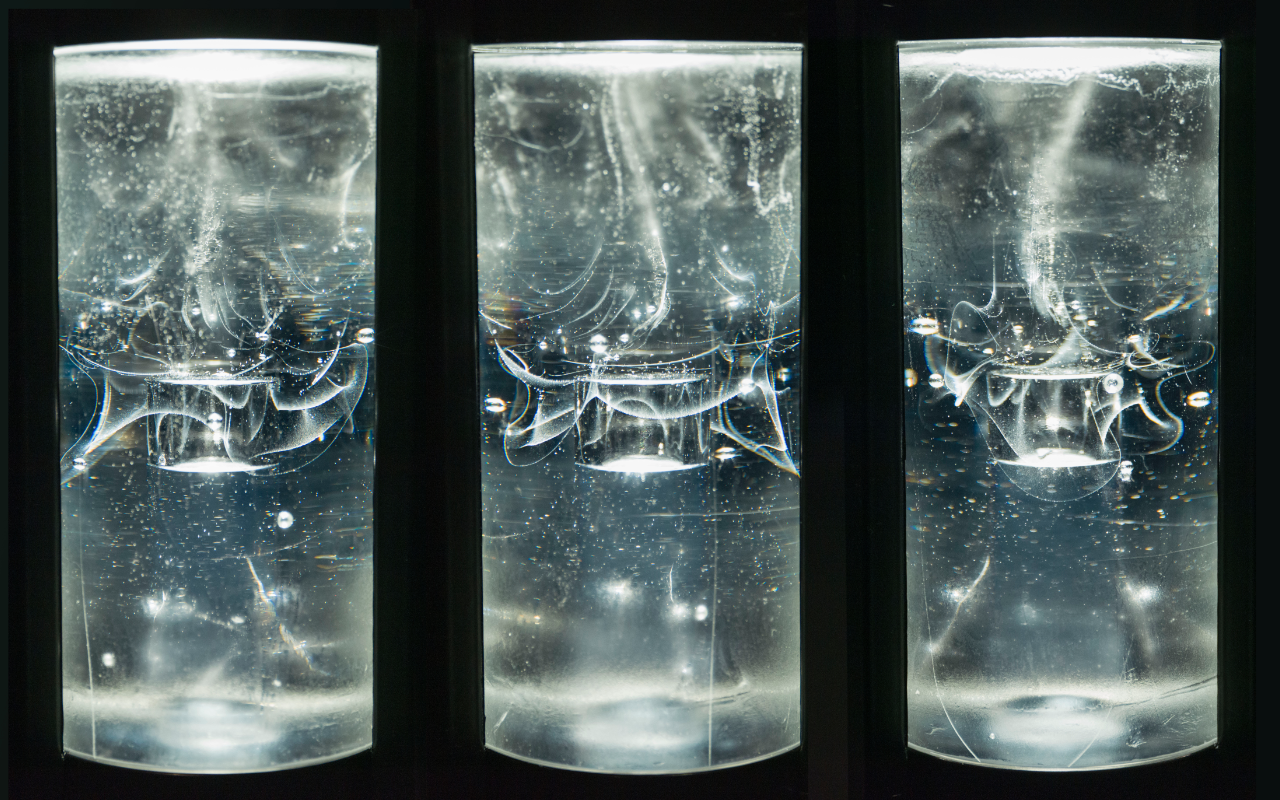
Polar Zero
Photo: British Antarctic Survey
Do artists hold the key for achieving COP26 goals?
We need to think about how to live in a broken world, and how to begin to mend it. Christopher Smith says the arts and humanities are crucial to this.
One of the most famous images of German romanticism is Caspar David Friedrich’s Wanderer above the Sea of Fog (1818). A man, his back to us, stares out over a mountainous landscape. H...
Subscribe for £6 per month
Support independent journalism in the arts, culture and heritage sectors with unlimited access to our latest news, features and expert opinion. £6pm, billed quarterly.
Already subscribed? Log in
Usually have access through your university?

Join the Discussion
You must be logged in to post a comment.